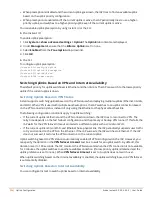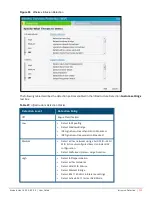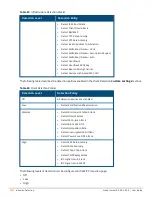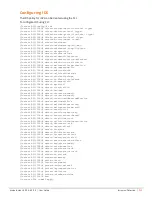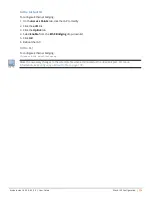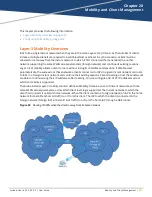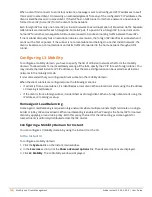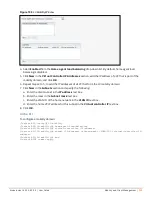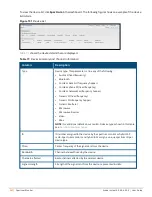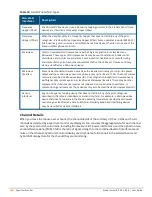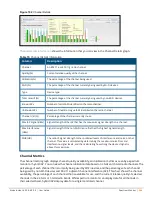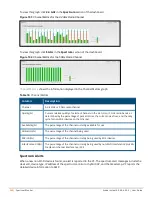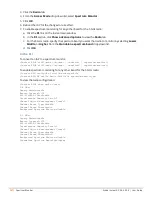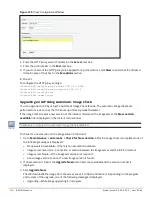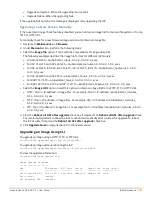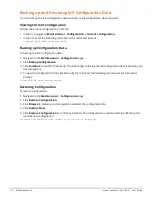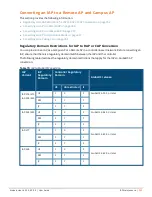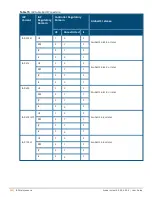
338
| Mobility and Client Management
Aruba Instant 6.5.0.0-4.3.0.0 | User Guide
When a client first connects to an Instant network, a message is sent to all configured VC IP addresses to see if
this is an L3 roamed client. On receiving an acknowledgement from any of the configured VC IP addresses, the
client is identified as an L3 roamed client. If the IAP has no GRE tunnel to this home network, a new tunnel is
formed to an IAP (home IAP) from the client's home network.
Each foreign IAP has only one home IAP per Instant network to avoid duplication of broadcast traffic. Separate
GRE tunnels are created for each foreign IAP-home IAP pair. If a peer IAP is a foreign IAP for one client and a
home IAP for another, two separate GRE tunnels are used to handle L3 roaming traffic between these IAPs.
If client subnet discovery fails on association due to some reason, the foreign IAP identifies its subnet when it
sends out the first L3 packet. If the subnet is not a local subnet and belongs to another Instant network, the
client is treated as an L3 roamed client and all its traffic is forwarded to the home network through a GRE
tunnel.
Configuring L3-Mobility
To configure a mobility domain, you have to specify the list of all Instant networks that form the mobility
domain. To allow clients to roam seamlessly among all the IAPs, specify the VC IP for each foreign subnet. You
may include the local Instant or VC IP address, so that the same configuration can be used across all Instant
networks in the mobility domain.
It is recommended that you configure all client subnets in the mobility domain.
When the client subnets are configured, note the following scenarios:
l
If a client is from a local subnet, it is identified as a local client. When a local client starts using the IP address,
L3 roaming is terminated.
l
If the client is from a foreign subnet, it is identified as a foreign client. When a foreign client starts using the
IP address, L3 roaming is set up.
Home Agent Load Balancing
Home Agent Load Balancing is required in large networks where multiple tunnels might terminate on a single
border or lobby IAP and overload it. When load balancing is enabled, the VC assigns the home IAP for roamed
clients by applying a
round robin
policy. With this policy, the load for the IAPs acting as Home Agents for
roamed clients is uniformly distributed across the IAP cluster.
Configuring a Mobility Domain for Instant
You can configure L3 mobility domain by using the Instant UI or the CLI.
In the Instant UI
To configure a mobility domain:
1. Click the
System
link on the Instant main window.
2. In the
Services
section, click the
Show advanced options
link. The advanced options are displayed.
3. Click
L3 Mobility
. The L3 Mobility window is displayed.

